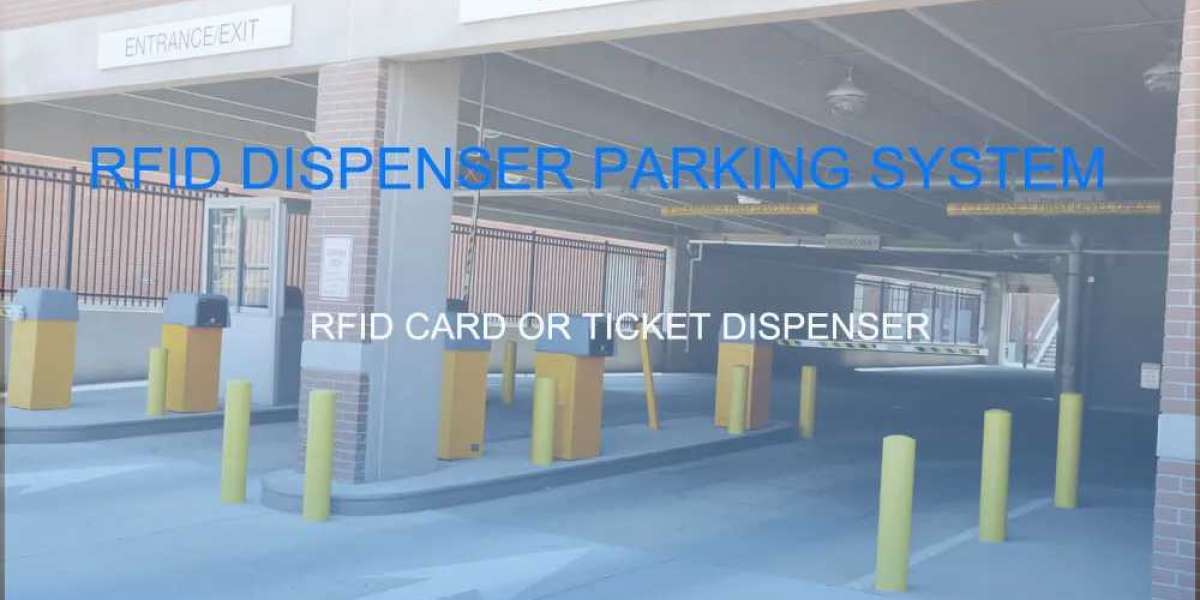In recent years, urban areas have experienced significant challenges in managing parking requirements amidst growing populations and vehicle ownership. As cities evolve, innovative technologies have emerged to enhance parking management, one such being Automatic Number Plate Recognition (ANPR) systems. This essay explores how data-driven decision-making facilitated by ANPR systems offers effective solutions for urban parking challenges, thereby improving overall urban mobility, revenue generation, and user satisfaction.
Understanding ANPR Technology
Automatic Number Plate Recognition (ANPR) technology utilizes optical character recognition to read vehicle registration plates. ANPR cameras capture images of vehicles, which are then processed using sophisticated anpr parking solutions the alphanumeric characters of the license plates. This technology can be deployed at various locations, including on-street parking zones, entry and exit points of parking facilities, and congested areas, enabling real-time monitoring and management of parking resources. By transforming parking data into actionable insights, ANPR systems play a crucial role in optimizing urban parking solutions.
Enhancing Urban Mobility
One of the paramount advantages of implementing ANPR systems in parking management is the enhancement of urban mobility. The integration of data analytics into ANPR systems allows city planners and traffic management authorities to gain a comprehensive understanding of parking occupancy patterns, peak usage times, and user behaviors. This information facilitates the implementation of dynamic parking policies, such as demand-based pricing and optimized signage, which guide drivers to available spaces. By reducing the time spent searching for parking—typically a significant contributor to urban congestion—ANPR systems can alleviate traffic congestion, ultimately leading to a more efficient urban transportation network.
Optimizing Revenue Generation
Cities often rely on parking fees as a source of revenue; however, inefficient management can result in lost potential income. ANPR systems automate the monitoring of parking durations and compliance with payment regulations, ensuring that drivers adhere to parking restrictions and enabling real-time enforcement. Data collected through ANPR can be analyzed to identify high-demand areas, allowing municipalities to adjust pricing dynamically and capitalize on peak periods, thus maximizing revenue generation. Furthermore, the reduction in enforcement costs due to automated monitoring contributes to the cost-effectiveness of urban parking solutions.
Enriching User Experience
User satisfaction is a critical factor in the success of urban parking solutions. ANPR systems, by providing accurate and timely information, enrich the parking experience for users. The technology can enable features such as pre-booking of parking spaces through mobile applications, allowing users to confirm availability before arrival. Additionally, the instantaneous identification of registered vehicles facilitates seamless entry and exit processes in parking facilities, minimizing waiting times. This level of convenience is essential for enhancing overall customer satisfaction, which, in turn, encourages compliance with parking regulations and promotes loyalty among users.
Supporting Sustainable Practices
The application of ANPR systems also aligns with broader sustainability goals within urban environments. The collection of data regarding parking behaviors and vehicle usage patterns can aid city planners in developing strategies aimed at reducing vehicle emissions and promoting alternative transportation methods. For instance, insights gained from ANPR data can identify trends in vehicle types and ownership rates, informing policies that encourage the use of electric vehicles or public transportation. Ultimately, by integrating ANPR technology into urban planning frameworks, cities can forge paths towards more sustainable and environmentally friendly transportation ecosystems.

Challenges and Considerations
While the benefits of ANPR systems in urban parking solutions are manifold, several challenges and considerations warrant attention. Data privacy and security are paramount concerns; as ANPR systems involve the collection of vehicle registration data, it is crucial to establish stringent data protection measures and comply with legal regulations. Additionally, the effectiveness of ANPR systems relies heavily on the quality of the underlying technology, including camera accuracy and data processing capabilities. Therefore, investment in high-quality hardware and software, as well as ongoing maintenance and upgrades, is essential for optimal performance.
Conclusion
In conclusion, the integration of Automatic Number Plate Recognition (ANPR) systems into urban parking solutions exemplifies the transformative potential of data-driven decision-making in addressing pressing urban challenges. By enhancing urban mobility, optimizing revenue generation, enriching user experience, and supporting sustainable practices, ANPR technology offers comprehensive benefits for cities and their populations. As urban areas continue to grapple with congestion and limited resources, the strategic implementation of ANPR systems stands as a testament to the power of innovation in creating efficient, user-friendly, and sustainable urban environments.














